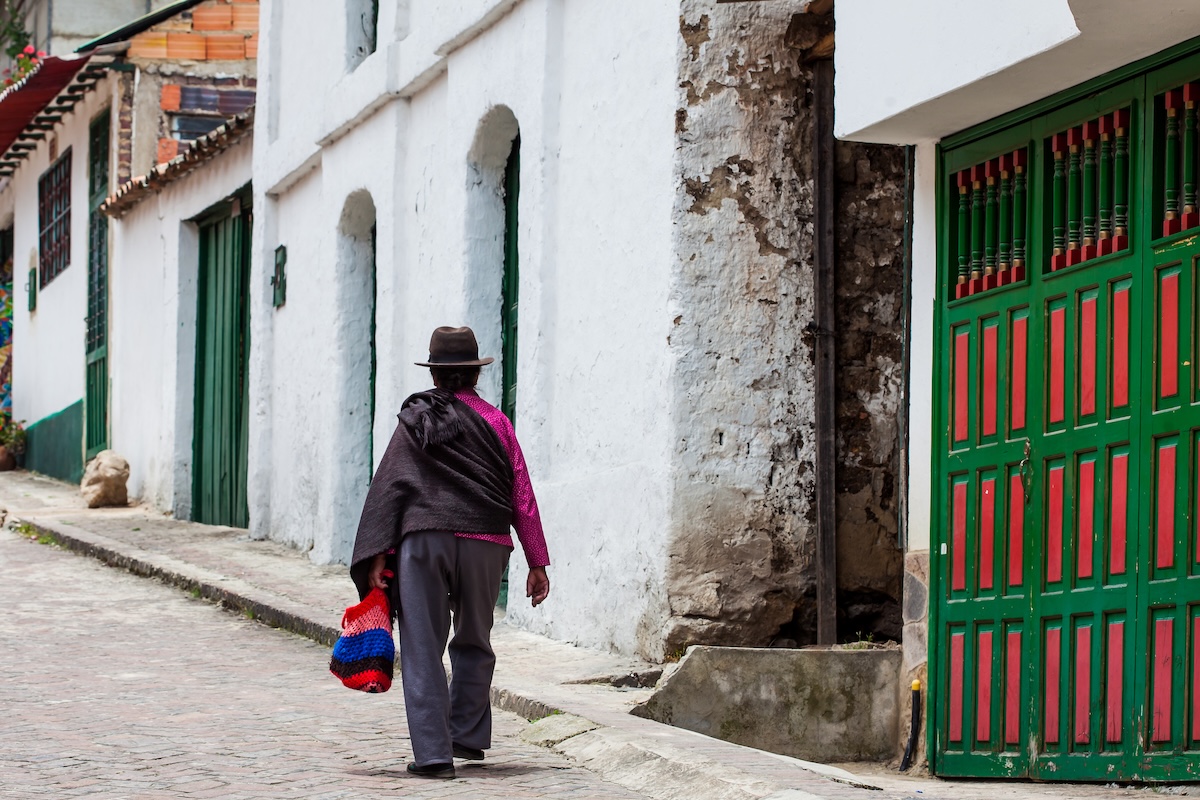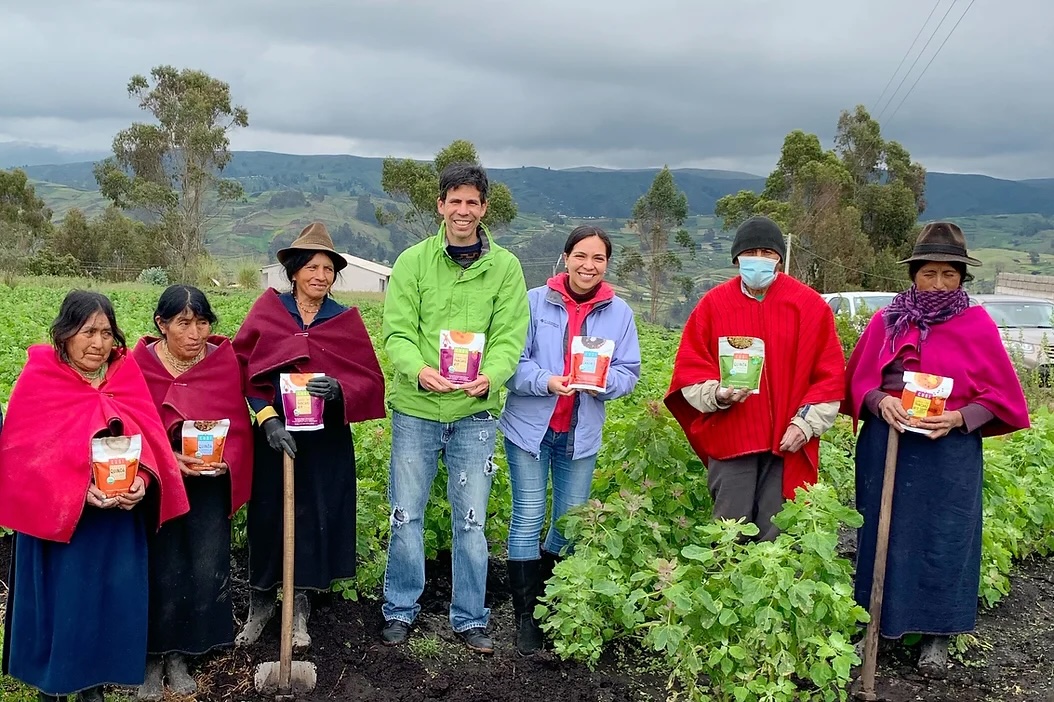Latin America is witnessing a transformative trend in family office philanthropy: the shift towards impact investing. Traditionally, philanthropy in the region has been characterized by donations and grants aimed at addressing social and environmental challenges. However, a growing number of philanthropists are now embracing impact investing as a powerful tool to drive positive change while generating financial returns. This article explores the emergence of impact investing in Latin America, its drivers, challenges, and its potential to reshape the philanthropic landscape.
Impact investing involves deploying capital to generate measurable social or environmental impact alongside financial returns. Unlike traditional philanthropy, which relies on grants and donations, impact investing seeks to leverage market forces to address pressing societal issues. Several factors have contributed to the growing popularity of impact investing among philanthropists in Latin America, but perhaps the most interesting ones are: the desire for sustainable solutions, the maturity of the market, and the alignment with philanthropic goals.
Philanthropists are increasingly seeking sustainable solutions that can create lasting impact beyond the lifespan of individual grants. Impact investing offers the potential to scale successful initiatives, generate self-sustaining revenue streams, and catalyze systemic change in different areas such as education, healthcare, renewable energy, and affordable housing. On the other hand, the Latin American impact investing landscape has matured significantly in recent years, with the emergence of dedicated impact investment funds, intermediaries, and networks.
Financial innovations, such as social impact bonds, blended finance mechanisms, and impact measurement tools, have enhanced the viability and scalability of impact investments, attracting a broader range of philanthropic investors. In addition, impact investing allows philanthropists to align their financial investments with their philanthropic missions and values. By integrating social and environmental considerations into their investment decisions, philanthropists can pursue double-bottom-line objectives: generating financial returns while advancing their social and environmental goals.
Impact investing at family offices
This is the case of many families in the region such as the Gerdau family in Brazil, the Sesana family in Colombia, and the Sánchez-Navarro family in Mexico. The Gerdau Johannpeter family created the Gerdau Institute in 2005 to manage the Corporate Social Responsibility strategy of their company also named Gerdau. In 2020, they went further by creating the Helda Gerdau Institute (HGI) as a second level foundation that provides resources to other Social Purpose Organizations that target SDGs 4 and 8. More recently, the Gerdau family has complemented its philanthropic efforts by allocating 20% of the resources of its family fund to impact investment funds.
Similarly, the Sesana family created the Arturo and Enrica Sesana Foundation in 2006 to develop the philanthropic strategy of their family’s business group, Brembo Investments, focused on improving the wellbeing of children and the elderly population in Colombia. In 2016, a member of the Sesana family decided to create Asiri, an impact fund manager with investments in companies dedicated to renewable energy, financial inclusion, agricultural technology, among others.
Finally, the Sánchez Navarro family has shifted from their traditional philanthropic approach to a much more strategic perspective where philanthropy and impact investing are considered complementary. The first is conceived as the way to attend those needs that do not have a profitable economic model to be resolved, while the second seeks to contribute to solving social and environmental challenges and generate financial returns. After seven years of engaging in the impact investing ecosystem in Mexico, Felipe Fernández Sánchez, a member of the family, co-founded the impact investment fund CO_Capital in 2018.
The experiences of these family offices in the region strengthen the hypothesis that impact investing, far from replacing philanthropy, seeks to strengthen and complement it. In that same line, the latest version of Latimpacto’s annual Impact Survey (2023) revealed that 75% of actors who prioritize impact sought financial returns on their investments in the past year.
This finding allows us to conclude that organizations that traditionally prioritize impact, such as foundations, are starting to test other financial strategies like impact investing to generate impact while receiving financial returns. This does not necessarily mean that philanthropic organizations are completely switching from philanthropy to impact investing, but rather that they have begun to move along the continuum of capital seeking to maximize impact and achieve greater financial stability.
Impact sectors
Some examples that help illustrate the transformative potential of impact investing in Latin America are the microfinance and the renewable energy sectors. Microfinance institutions (MFIs) have played a crucial role in providing financial services to underserved communities across the region. Impact investors have supported the growth of MFIs, enabling them to expand their outreach, improve financial inclusion, and empower low-income entrepreneurs.
Moreover, impact investors have fueled the expansion of renewable energy projects, such as solar and wind farms, in Latin America. These investments not only mitigate climate change but also contribute to energy access, job creation, and economic development in rural areas. In this sense, it is not surprising that according to the Impact Survey (2023), 95% of the respondent organizations invest or donate impact capital towards Climate change and the environment.
Social enterprises also represent an opportunity to address a social and/or environmental problem while obtaining financial returns. In Latin America, a growing number of social enterprises are addressing pressing social and environmental challenges while generating sustainable revenues. Impact investors provide capital and non-financial support through strategic mentorship to these enterprises, helping them scale their impact and achieve financial viability.
However, despite the promising growth of impact investing in Latin America, several challenges regarding risk perception, impact measurement and reporting, lack of scalable solutions, and policy and regulatory framework still persist.
Overcoming misperceptions
Some philanthropists perceive impact investing as inherently risky or incompatible with philanthropic objectives. Overcoming this perception requires education, evidence of successful impact investments, and greater transparency in measuring and reporting social and financial returns. However, accurately measuring and reporting the social and environmental impact of investments is another challenge by itself, and it is essential for building trust, attracting capital, and driving accountability.
Standardized impact metrics, rigorous evaluation methodologies, and technology-enabled data collection tools can enhance transparency and credibility in impact investing, but installed skills and capacities still need to be developed in the region.
Scaling impact also remains a significant challenge, particularly in sectors with high capital requirements or regulatory barriers. Philanthropists, impact investors, governments, and development organizations must collaborate to unlock financing, foster enabling environments, and replicate successful models at scale. Policy and regulatory frameworks play a critical role in shaping the impact investing ecosystem. Governments can incentivize impact investing through tax incentives, regulatory reforms, and public-private partnerships, creating an enabling environment for investors and social entrepreneurs.
The rise of impact investment is complementary to philanthropy and reflects the need to generate returns or recover financial capital to reinvest in social and environmental projects. In Latin America, philanthropic organizations are incorporating some impact investment strategies into their portfolios as a powerful tool to address pressing social and environmental challenges while pursuing financial sustainability, in order to have the resources to continue philanthropic projects.
By harnessing the power of markets, innovation, and collaboration, actors with diverse portfolios have the potential to drive positive change and create a more inclusive and sustainable future for the region. As the impact ecosystem evolves, Latimpacto is committed to aligning philanthropists, investors and stakeholders to unlock its full potential and maximize its social and environmental impact.
Manuela Jiménez López is a knowledge and research analyst at Latimpacto.











